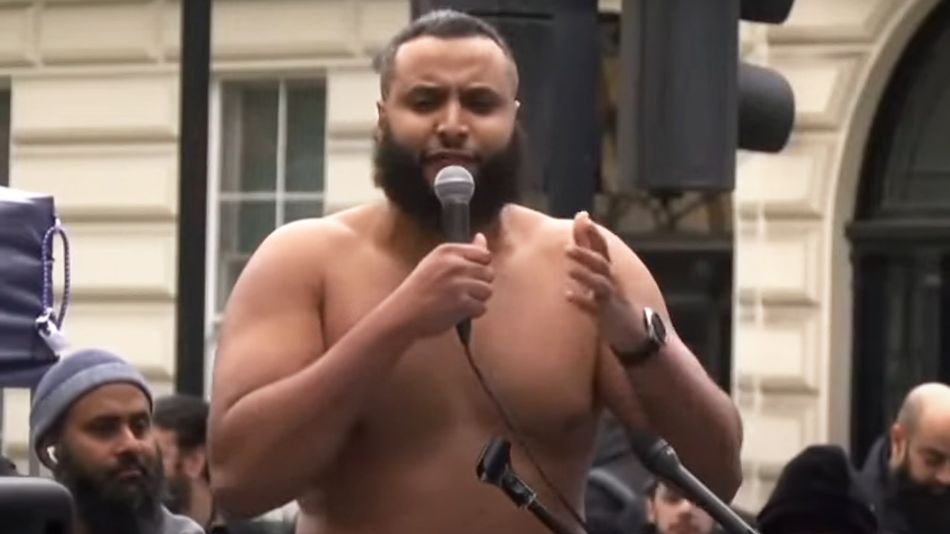In the digital age, conflict travels quickly. Last weekend’s Muslim-Hindu violence in Leicester later spilled into Birmingham, driven on by social media rumours, and amid claims that an incendiary Hindu preacher, Sadhvi Rithambara, was due to appear at a temple there. As it happened, Rithambara was too ill to attend, but the temple in question had already moved to cancel her appearance once local Muslims informed them about her record. But the rapid spread of violence through social media shows how sectarianism has evolved with technology.
Among those in the Leicester crowds were activists of the new generation such as Mohammed Hijab, who was filmed calling Hindus a “pathetic, weak, cowardly people” and saying that he would rather be reincarnated as an animal than as a Hindu. He is a well known figure at protests, having appeared at anti-Israel marches where he said, to chants of “Allahu Akbar”, that they would “get their vengeance” and “we love death”. Hijab is not your run-of-the-mill hate preacher, however, but an internet celebrity. His YouTube channel has 598,000 subscribers, with videos like “Dr. Jordan Peterson’s Inner Struggle” or “The Downfall of Andrew Tate and His Muslim Male Impersonators”.
Hijab is not the only one. Also present was Leicester resident and activist Majid Freeman, who filmed some of the events and alleged that it was a “very well coordinated attack by the RSS thugs in Leicester.” He has 17,000 followers on Instagram and 20,000 on Twitter, where he often shares Muslim news or religious projects. When Guardian journalist Aina J. Khan came to Leicester to report, she turned to Freeman as a guide, even though he often tweets extreme content, such as calling Israeli settlers “Zionist dogs” and saying “may these cockroaches get what’s coming to them” only a few months ago.
Meanwhile, YouTuber Smile2Jannah, with 611,000 subscribers, has quickly rushed out a video, “Exposing Leicester Hindutva Media Lies”. It’s not the first time he has made videos about Hindus. Earlier efforts include “Hindu feeding Cow Urine to Covid patient” and “Hindus throwing poop & New Indian variant?”. Shamima Begum’s lawyer Tasnime Akunjee, followed by 10,000 people on Twitter, also got involved, posting a TikTok alleging that the riots must be part of a “race baiting” plot to give new PM Liz Truss something to deal with.
Whereas Islamic extremism in the 2000s usually involved hate preachers, infamous figures such as Abu Hamza or Anjem Choudary, their likes have now receded in significance. Instead, many of the leading figures are grassroots content creators who use social media to reach their audience. Much like ISIS, they can harness the power of the internet to bypass mosques and get their videos into bedrooms globally. Controversial figures like Moazzem Begg of CAGE now find themselves as guest stars on videos filmed by this new generation of activists. It should come as a relief, then, that the majority of British Muslims reject these activists just as they did the old ones. The sight of protestors in Leicester challenging Mohammed Hijab when his rhetoric grew too heated should reassure us that the UK’s Muslim community will not let extremism go unchecked.










Join the discussion
Join like minded readers that support our journalism by becoming a paid subscriber
To join the discussion in the comments, become a paid subscriber.
Join like minded readers that support our journalism, read unlimited articles and enjoy other subscriber-only benefits.
Subscribe